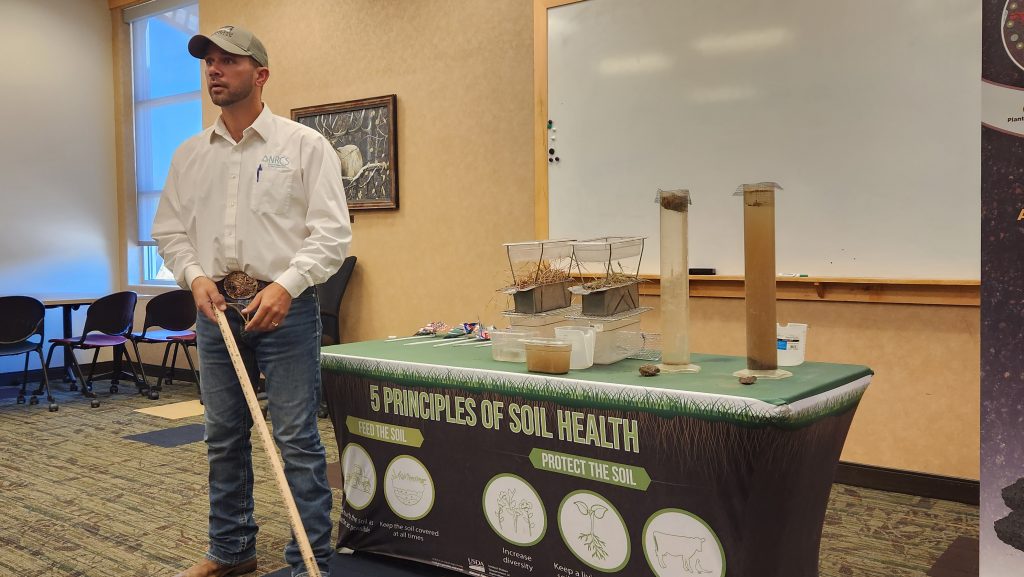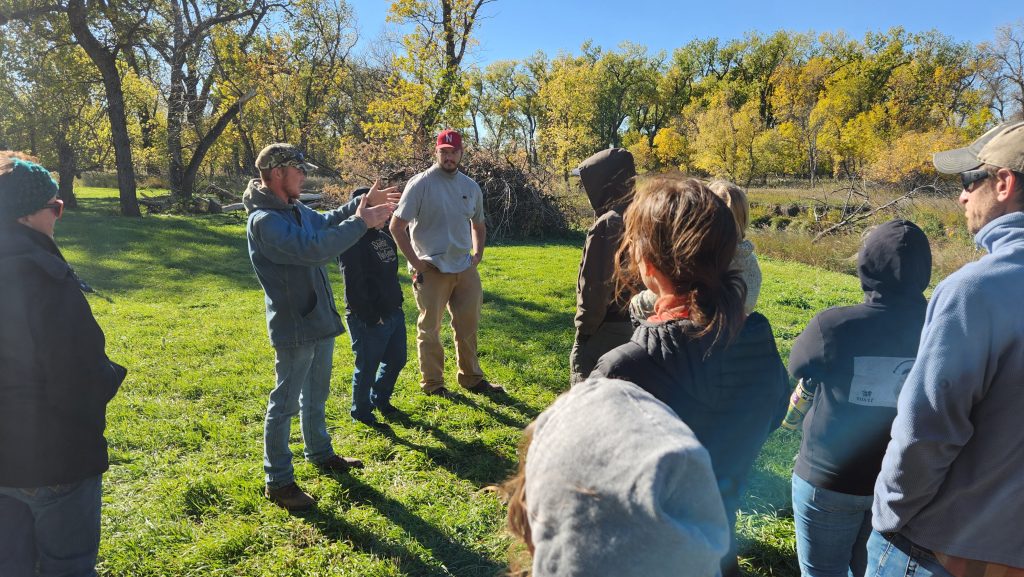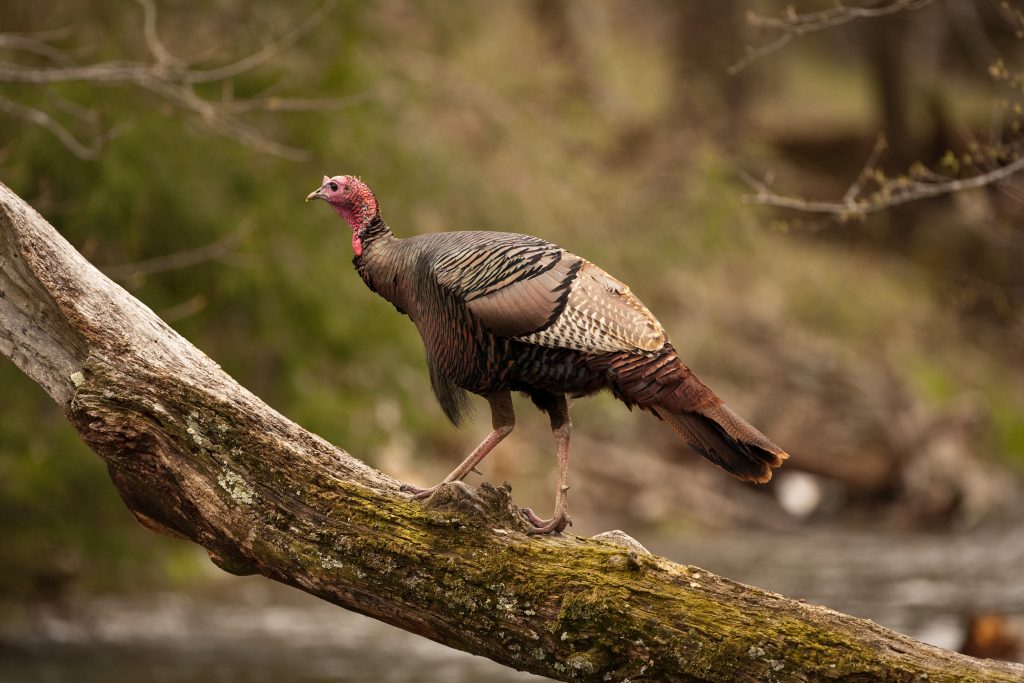Workshop Gives Landowners Knowledge for Managing Riparian Habitats
The NWTF and partners hosted a two-day learning event, giving landowners the knowledge and skillset to manage riparian areas for wildlife and overall ecological value.
Conservation partners recently highlighted the importance of riparian areas and provided best management practices at the South Dakota Department of Game, Fish and Park’s outdoor campus in Rapid City.

The terms riparian areas, riparian zones or riparian corridors are how wildlife biologists, managers and researchers refer to those habitat-rich areas between water and land. For instance, the space between a forest and a river would be considered a riparian zone.
Riparian areas are a natural magnet for wild turkeys and hundreds of other wildlife species. These areas are also crucial for fish and other aquatic species, as they help control erosion and filter excess nutrients and chemicals from surface runoff that can adversely affect spawning and rearing areas. Riparian areas also control flooding, improve water quality and provide for community and agricultural water supply demands while recharging underground aquifers. In short, they are essential for nearly everything.
The interface between the woods and water provides crucial ecological significance for many species, wild turkeys in particular, and reaching private landowners is critically important, according to NWTF district biologist Clayton Lenk, who manages the NWTF conservation programs in North Dakota, South Dakota, Minnesota and Wisconsin.
“Holding workshops like these lets landowners know not only why riparian areas are important, but it also shows what they can do to benefit their property,” Lenk said. “The improvements landowners make on their property benefit the landowners' property and the surrounding wildlife as well as the people and wildlife downstream. It’s a win-win.”

The workshop included presentations from the NWTF, the USDA Natural Resources Conservation Service, Custer County Conservation District, The Nature Conservancy, South Dakota Game, Fish, and Parks and others.
Presentation topics included cost-share program availability/eligibility and how riparian areas are essential for people and wildlife. Conservation professionals also illustrated best management practices that landowners can implement on their property to increase water quality, reduce erosion and create wildlife habitat. For example, beaver dam analogs, riparian buffers and grazing improvement plans were among the best management practices discussed at the workshop.
The event also included a field tour portion where landowners and conservation professionals visited prospective management sites and sites that have the future management activities in the works.

Across the NWTF’s Western Wildlands and Great Open Spaces, its relatively new Waterways for Wildlife initiative is taking a landscape-scale approach to conserving critical riparian areas.
The Waterways for Wildlife Initiative was announced just last year and is completing 14 riparian restoration projects, potentially enhancing 7,677 acres of wildlife habitat and impacting about 77.9 stream miles.

“Waterways for Wildlife showcases how our conservation work for wild turkeys has far-reaching benefits for many species and overall ecosystem health, including important water resources needed by people and wildlife,” said Jared McJunkin, NWTF director of conservation operations for the central region. “Never before have we captured stream miles as a conservation metric, and it’s exciting to see how the work we do improving wild turkey habitat also improves such an expanse of riparian habitat.”
While riparian areas make up less than 1.5% of the entire landscape in the Great Plains, more than 70% of all Plains wildlife species depend upon these areas for water, food, cover, roosting, nesting and as travel and migration corridors.
Over the next decade, the NWTF Waterways for Wildlife initiative will raise $10 million in private funding and leverage $40 million in matching partner funds to improve 75,000 acres of wildlife habitat along 1,500 linear miles of waterways in the Great Plains landscape.
The NWTF will announce a request for proposals for new Waterways for Wildlife project funding in the near future.
“Working on a landscape scale requires conserving and enhancing all lands, despite ownership,” Lenk said. “Through NWTF’s Waterways for Wildlife, we are delivering conservation on both public and private lands, as well as equipping landowners with the knowledge and resources needed to ensure these critical areas remain intact for wildlife and outdoor enthusiasts for generations to come.”
